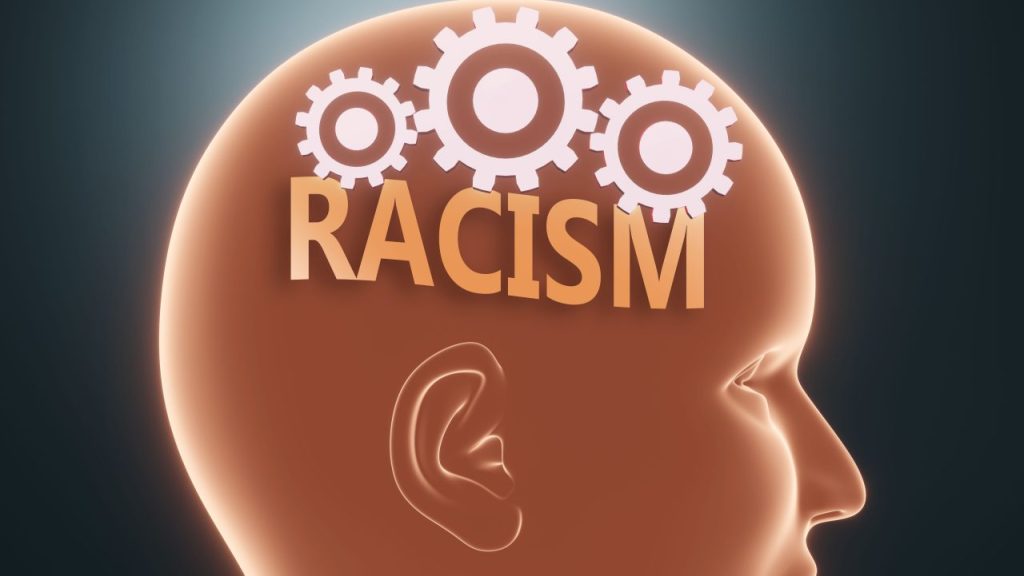Scientists find link between racism and physical brain changes
Emory University neuroscientist Negar Fani recently teamed up with Nate Harnett, a Harvard Medical School assistant psychiatry professor, to investigate how the brain reacts to extreme stress and traumatic events.
Racial experiences can alter your brain physically.
According to NPR, Negar Fani, an Emory University clinical neuroscientist who specializes in studying individuals with post-traumatic stress disorder, recently teamed up with Harvard Medical School assistant professor of psychiatry Nate Harnett to investigate how the brain reacts to extreme stress and traumatic events, including stressors associated with racism.
“Many times in the medical community, you know, racism hasn’t been recognized as the kind of insidiously damaging stressor that it is,” said Fani. “The hope is that this kind of brain research can lend a kind of legitimacy to racism as a potent social stressor that has a very clear and pronounced effect on the brain.”

Harnett has tracked or measured structural racism using disparities in community resources. He asserted that by looking at such proxy measures in the outcomes of structural racism, researchers could correlate those with behavioral and brain responses to stress or trauma and determine how they relate to various psychiatric disorders.
He and Fani have also examined associations between Black women who have suffered trauma and their reaction to threat in various studies.
Fani said patients with PTSD typically exhibit hyperarousal, are more vigilant and are easily startled. Their bodies are constantly in a fight-or-flight mode, even in safe environments, she contended.
However, she observed the reverse outcome in patients who have also experienced racial discrimination, meaning they exhibit increased activation in areas linked to emotion control.
Fani said that this activation may be adaptive in certain situations. People could, for instance, encounter discrimination or microaggressions at work and have to control their emotions to get through the situation. However, Fani and Harnett believe that individuals required to use this tactic for extended periods may be more susceptible to the deterioration they have observed in other areas of the brain.
Harnett said some have dubbed this process “weathering,” in which the strain of repeated exposure to traumatic events erodes certain brain areas.
Recommended Stories
“Over time,” he posited, “that might contribute to other downstream health problems like cardiovascular disease or diabetes.”
Fani and Harnett reported that they encountered difficulties in publishing their findings, which appear to reflect the medical community’s reluctance to acknowledge the inequities in health that minority populations experience.
According to Fani, as part of her study, she has asked patients to recollect incidents of physical or mental injury over decades using trauma inventory. Her use of these inventories in articles “were never criticized for what they were.” However, she said that she has encountered skepticism and a double standard when trying to publish articles utilizing racial discrimination inventories.
Despite acknowledging advancements in their respective fields, she and Harnett hope that their research will encourage other organizations to have a deeper comprehension of the ways racism alters the brain.
“There’s no such thing as a free lunch when it comes to the brain,” said Harnett, according to NPR. “Energy has to come from somewhere. And what we think ends up happening is, you know, energy that’s reserved for other processes then gets taken away.”
Never miss a beat: Get our daily stories straight to your inbox with theGrio’s newsletter.
More About:News














